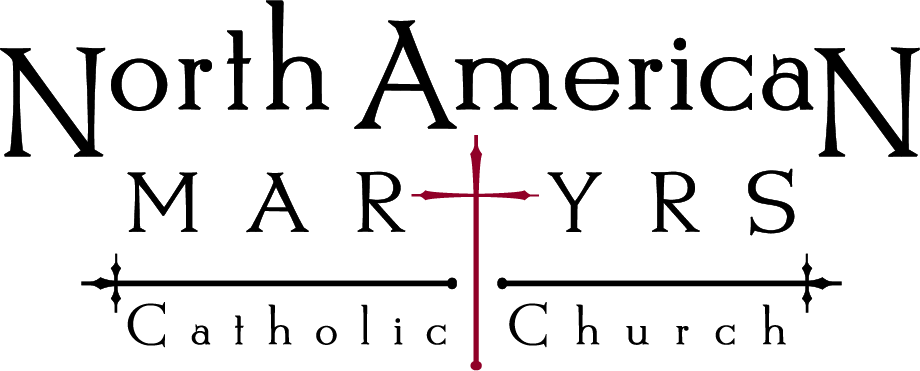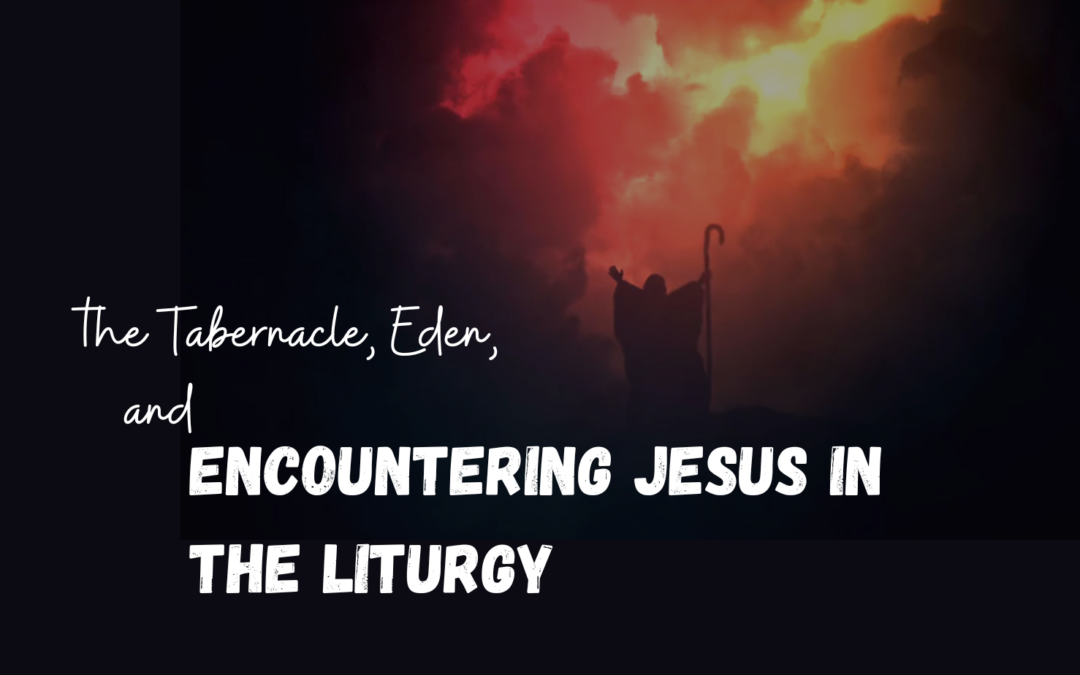Pope Francis recently said that the liturgy “guarantees for us the possibility” of an encounter with the living Jesus (Desiderio Desideravi, 11). How does the liturgy guarantee an encounter with Jesus? “That which was visible in Jesus, that which could be seen with the eyes and touched with the hands, his words and gestures, the concreteness of the incarnate Word – everything of Him has passed into the celebration of the sacraments” (DD, 9). According to Pope Francis (and Vatican II and the Church’s constant teaching), Jesus continues to be present and minister to his Church through the liturgy. More precisely, it is through the symbols of the liturgy (gestures, words, and objects) that Jesus does this.
But this isn’t entirely new. Though God’s presence in and through the sacraments is unique, God has always been present to his people through symbols and liturgy. The purpose of this article is to walk us through a few other ways in which God has done this in the past.
Mt. Sinai
The Israelites have just been set free from Egypt and led through the desert to Mt. Sinai. This is a huge moment for Israel because God makes a covenant with them, promising to dwell with Israel. Moses is invited up to the mountain top, into God’s presence which is signified by a dense cloud (Ex 19:16) and fire (24:17), and he converses with God. Moses’ intimacy with God on Mt. Sinai was so great that his face would shine after these conversations (34:29-35). Here at Mt. Sinai, then, it is clear that God is dwelling with his people. But it is clear precisely because of the symbols which signified his presence: the fire, cloud, etc. The Israelites can’t see God directly, but they can see these symbols.
The Tabernacle
But it gets better. During one of these Mt. Sinai conversations, God gives Moses a vision of the tabernacle he’s to build. Basically, a large tent structure with different sections and components, the tabernacle was to be the place where God dwelt among his people. Through the tabernacle and all the rituals and symbols involved, Israel was to experience God’s intimate presence among them. Let’s look at some of the details about the tabernacle.
First, it’s divided into three main sections: the courtyard, the holy place, and the holy of holies. Additionally, the entrance to each was oriented eastward. Holiness, or the intensity of God’s presence, increased as one progressed from the courtyard, through the holy place, and into the holy of holies. The latter was so significant that only the high priest was allowed to enter once a year. When he did enter, they would fill the room with a dense cloud of incense so that the high priest would not be able to see God directly, much like Moses on top of Mt. Sinai (Lev 16:13).
Second, there are many symbolic elements within the tabernacle. On the veils separating the holy place and the holy of holies from the courtyard, there were two cherubim. In the holy place, there was a large lampstand which was intentionally made to look like a tree. Along with the tree-lampstand, there was other garden imagery within the tabernacle.
The Tabernacle = Eden
You may have noticed some parallels between the tabernacle and the Garden of Eden in Genesis 1-3. This is intentional. Not only is the tabernacle to be Israel’s continuous experience of God on Saini, but it is also to be Israel’s way back to Eden. Like the tabernacle, Eden is divided into three main sections. First, you have the holy of holies: the tree of life. Second, you have the garden in which the tree of life is situated. Lastly, you have the land of Eden outside of the garden, where Adam and Eve went to live after being expelled from the garden. Leaving the garden, Adam and Eve moved east and were prohibited from re-entering the garden by two cherubim. The only other time in the Pentateuch where cherubim are mentioned is, you guessed it, the tabernacle veil.
Not only are the objects and physical design of the tabernacle significant. The biblical descriptions of them also reveal an intentional parallel between Eden and the tabernacle. Adam and Eve are told to “work and keep” the garden (Gen 2:15). This is a common phrase in the Pentateuch, but it’s only used to speak of the role of the priests to “work and keep” the tabernacle. God is described as “walking to and fro” in the garden, the same way his presence is described in the tabernacle (Lev 26:12). In Genesis 1, God created the “lights,” but this word is actually more literally translated “lamps,” and is found elsewhere in the Pentateuch only in reference to the tabernacle lamps.
Back to Eden?
So why would God plan for all of these parallels? In short, God is teaching Israel through these signs and symbols, that he is providing them a way to come back into his presence, back into the garden of Eden. And this way is precisely through the symbols of the physical tabernacle and the symbols of the tabernacle liturgy. In other words, by following Leviticus, Israel could enter into God’s presence.
Of course, the whole Levitical way to God was fulfilled and elevated in Christ, so we no longer practice the tabernacle liturgy. Nevertheless, this doesn’t mean that it was completely done away with. Christ elevated and changed its expression, but our way to God is still through the signs and symbols of the Church, most notably scripture, baptism, and Mass. Just as Israel truly experienced God’s fiery, mountain-top presence through the tabernacle liturgy, today we Christians can truly encounter and experience Jesus Christ through the Church’s liturgy.
By Mark Heffley

